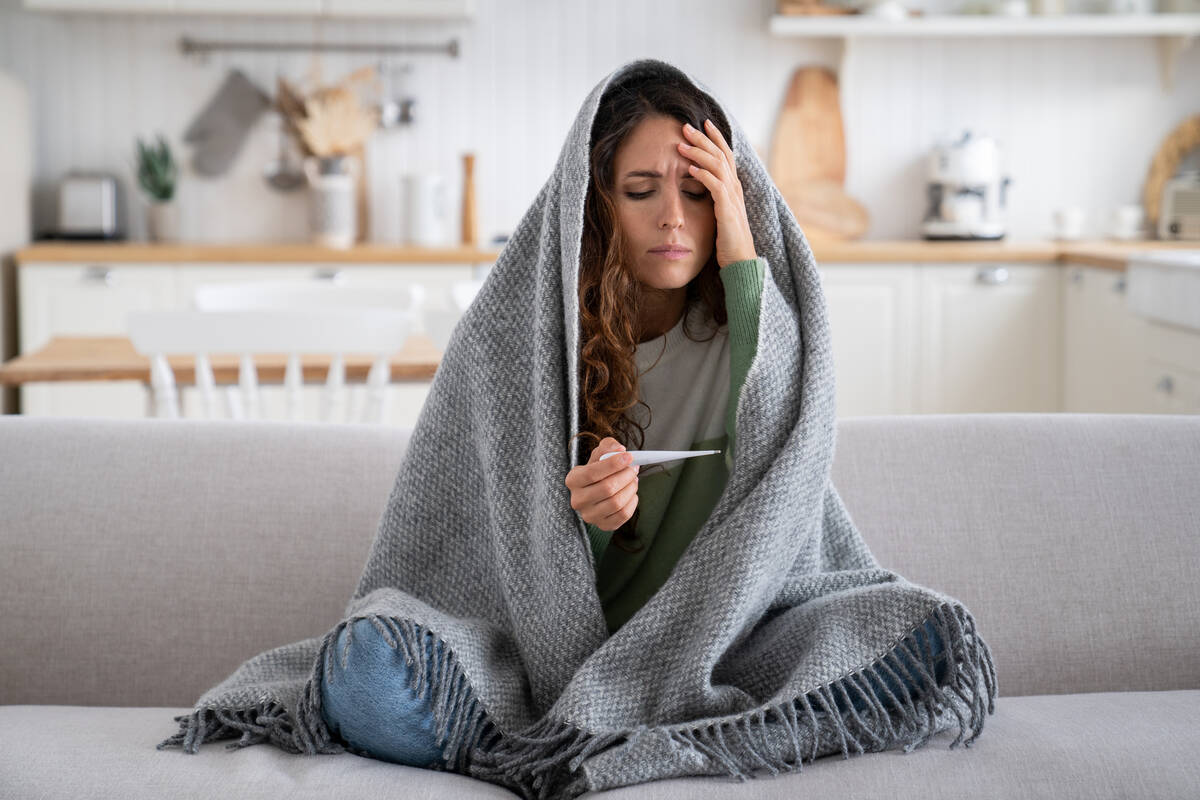Most people miss this unexpected sign of pneumonia, doctors say
More than 900,000 Americans become infected with pneumonia each year, and walking pneumonia (also called atypical pneumonia) is on the rise in the United States, especially in children.
It’s important to know that pneumonia is not just a “bad cold.” In fact, it can even be life-threatening if not treated properly.
To best protect yourself, it’s important to know what pneumonia is, who is most at risk, what the early signs of it are and when to see a doctor. Here’s everything you need to know to stay safe.
Who is most at-risk?
Dr. Ken Zweig, a preventive care physician and assistant professor at Georgetown University School of Medicine and George Washington University Medical School, explains that pneumonia is a lung infection.
“It is typically either bacterial or viral, though both can be present at once, and, in rare cases, can be fungal,” he says.
It’s important to take pneumonia seriously. Each year, roughly 1 million adults in the U.S. seek hospital care because of pneumonia and 50,000 people die from it.
“Pneumonia can become dangerous if it goes unrecognized and untreated. Even with prompt identification, in certain patients or with certain bacteria, pneumonia can become quite serious, requiring hospitalization,” says Dr. Kathryn Melamed, a pulmonary and critical care physician at UCLA Health.
Both doctors say that the people most at risk for pneumonia include those over the age of 65, those with weakened immune systems and those with other medical conditions, including lung disease, kidney disease and diabetes.
Melamed says that, in all of these cases, someone is not only more likely to get pneumonia but also more at risk for it to seriously affect their health.
When to see a doctor
Since pneumonia can take a dangerous turn, it’s important to know its earliest signs. Typically, pneumonia starts as a regular viral upper respiratory infection, Zweig says. This impairs the immune system and can lead to a bacterial “superinfection,” he explains.
Coughing, fever, chills and muscle aches are all common symptoms of pneumonia, Melamed says.
“The symptoms of pneumonia can vary widely depending on the patient’s age, other conditions, and the type of infection,” Zweig added.
He says that symptoms can progress very quickly in certain people, or can be nearly dormant and stay mild for days (such as with walking pneumonia, which occurs often in younger, otherwise healthy individuals).
“For most people, the presenting symptoms include fever, fatigue, cough and overall feeling lousy,” he says.
One sign of pneumonia that people often miss is extreme fatigue.
“I recently had a patient in his 70s with pneumonia whose main symptom was just severe fatigue and a high white cell count, discovered when he came in to see what might be causing the fatigue,” Zweig shared.
If you have an overwhelming urge to sleep — even if you recently got out of bed — it could be a sign of pneumonia.
If someone is experiencing symptoms of pneumonia, both doctors emphasize that it’s important to see a health care provider and not just try to overcome the illness at home.
“Anyone with pneumonia that has shortness of breath, symptoms of low blood pressure, confusion, or is unable to take medications due to nausea and vomiting should be taken immediately to an emergency room,” Zweig emphasizes.
Best treatment
Zweig and Melamed say that pneumonia is most commonly treated with an antibiotic, which is why seeing a doctor is key.
“It is important to note that most respiratory infections are viral, and therefore do not require antibiotics. However, bacterial pneumonia can develop after a viral respiratory infection, usually developing seven to 10 days after the onset of the viral infection. So, antibiotics might not be required for all respiratory infections. The need for antibiotics and the presence of pneumonia can be determined by your doctor,” Melamed says.
If someone is young and healthy and gets pneumonia, Zweig says they can take their antibiotics at home and recover there. When recovering at home, Zweig says, it’s important to rest and stay well-hydrated. He adds that over-the-counter pain relievers (like Tylenol) and cough suppressants may also help.
If someone is at risk for pneumonia becoming more serious, he says, they may be admitted to the hospital to recover under a doctor’s supervision.
It bears repeating that pneumonia is not just a “bad cold.” If you suspect you have it, it’s important to see a doctor. Since some types of pneumonia are contagious, seeking treatment is not only important for your health but for everyone around you, too.













